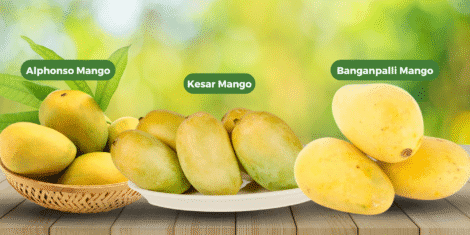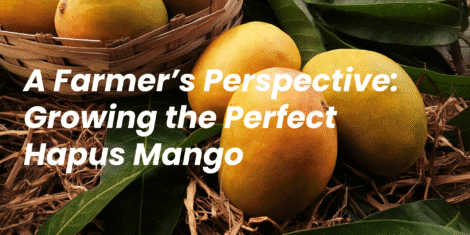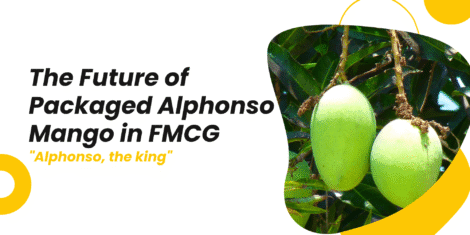Another variety that resembles a hapus Mango and can be found in the market. That also can frequently prompt disarray. However, there are a few easy ways to distinguish genuine, chemical-free hemp.
Everybody anticipates summer; And Hapus mangoes is primarily to blame for this. An individual who could do without mango will be extremely interesting. Mangoes begin to blossom in the month of March. Mangoes of various varieties begin to appear on the market. Everyone begins receiving information regarding the locations and prices of mangoes. because everyone’s favorite subject is mango. That’s fine if he’s satisfied! However, are you aware of how to identify a genuine hapu?
In Konkan, the hapus mangoes is very well-known. Primarily from places like Devgad, Ratnagiri it is brought to different urban areas available to be purchased. In addition, it is likewise traded abroad. However, in the excitement of eating their first mango, many people overlook the ripening process and the authenticity of the fruit. In addition, there is another mango variety on the market that resembles Hapus in appearance. That also can frequently prompt disarray. However, there are a few easy ways to distinguish genuine, chemical-free hemp.
1. Smell: For mango identification, the smell of Hapus mangoes is very important. Instantaneously, the aroma of Hapus mangoes is detected. Alongside this, when the mangoes are maturing, their fragrance drifts around. Chemically grown mangoes do not have any smell at all.
2. Shape: The Hapus mango appears to be plump and somewhat round when held in the hand. This indicates that unlike other mangoes, it does not have a tapered underside. However, some of the stem is soft.
3. Color-wise, Hapus mangoes are rarely entirely yellow. Natural hapus mangoes initially appears green, then yellow, and finally somewhat reddish. If all of the mangoes are the same color, chemical cultivation is more likely.
4. Peel: The Hapus mango’s peel is thinner than that of other mangoes. Simultaneously, its touch is exceptionally delicate. Mangoes matured utilizing synthetic compounds are a piece hard and harsh to the hand.
5. Taste: Hapus mangoes have a distinct and less fibrous flavor. The flavor of a mango blister stays with us for a long time after we eat it.
It is impossible for anyone to cheat you in the name of Hapus mangoes if you remember these five things when purchasing mangoes.




